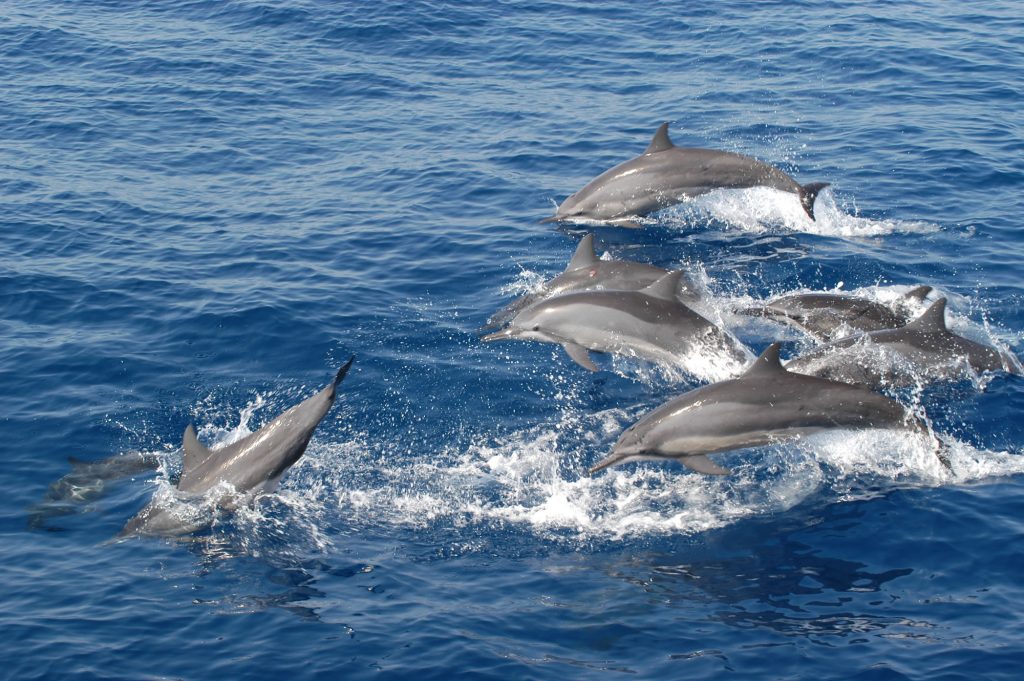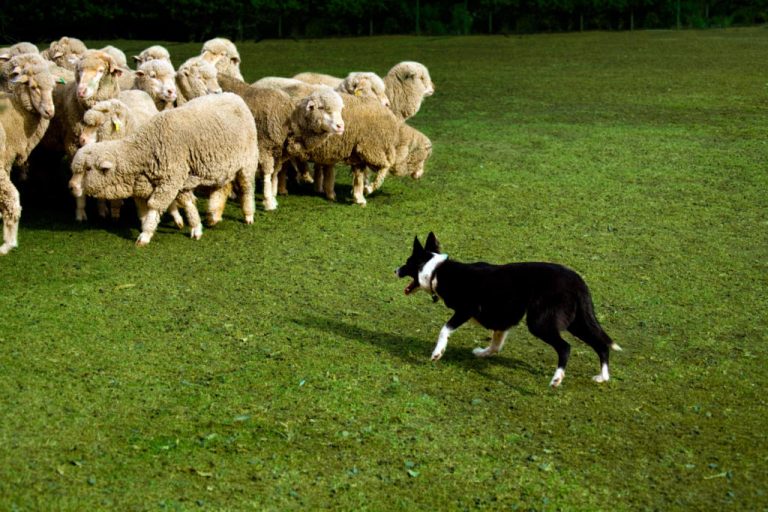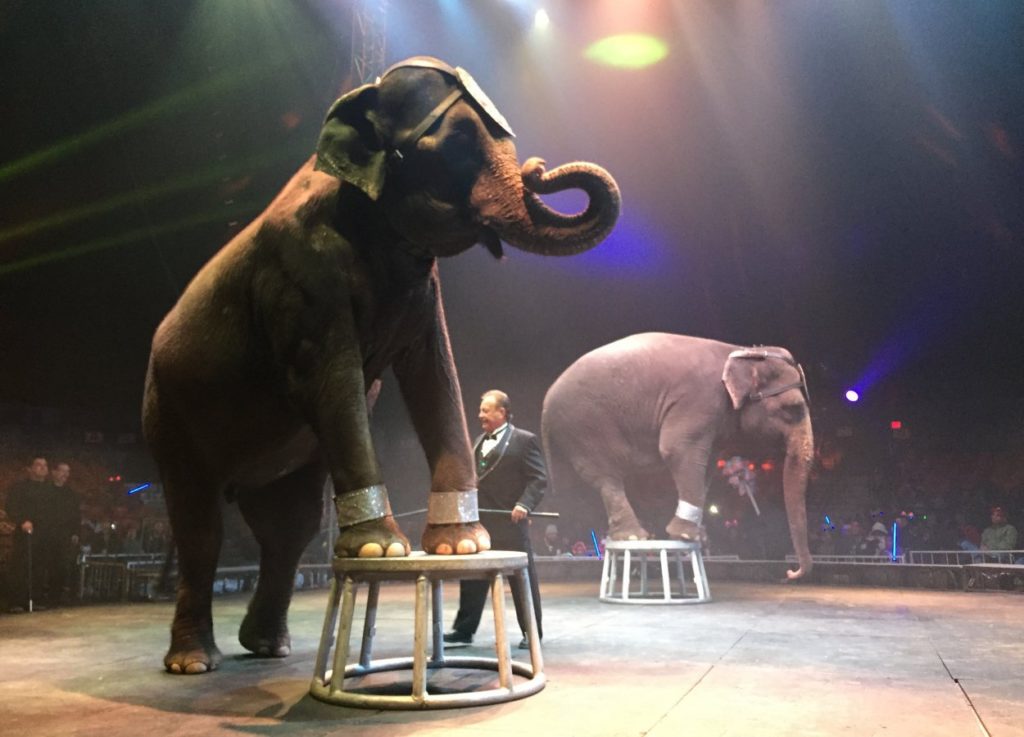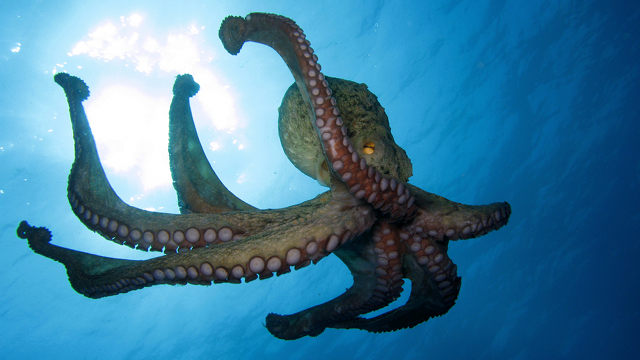Do Other Animals Have Consciousness? Science Could Force Us to Rethink Our Relationships with Them
SCIENCE, 7 Oct 2024
Marjorie Hecht | Human Bridges – TRANSCEND Media Service
The broad consensus is that many species are sentient.
3 Oct 2024 – Humans have had relationships with their pets for thousands of years, talking to them, coddling them, and imbuing them with human attributes. But are these animals “thinking,” and do nonhuman animals have the same sorts of feelings that humans have? Most people with pets would say “yes.”
What does the science say? In recent decades, researchers have begun to find scientific answers to questions of consciousness for a variety of species. The broad consensus is that many animals are sentient (have conscious thought), that there are different types of cognition, and that a larger number of animals require protection and more research is needed for a wider range of species.
At an April 2024 meeting at New York University, 39 prominent scientists from different disciplines issued “The New York Declaration on Animal Consciousness,” emphasizing “strong scientific support for the attributions of conscious experience to other mammals and to birds” and “at least a realistic possibility of conscious experience in all vertebrates (including reptiles, amphibians, and fishes) and many invertebrates (including, at minimum, cephalopod mollusks, decapod crustaceans, and insects).”
The declaration, signed by 480 scientists as of September 2024, further asserts that the evidence should inform decisions about the welfare of these sentient animals. Animal advocates welcome the declaration as progress but note that it includes an ethical dilemma by allowing the continuance of animal research into pain and permitting research in captive settings.
Exploring Animal Minds
Nonhuman animals don’t speak a language humans can understand, so research designs must find ways to measure sentience without direct feedback. The challenge, according to many researchers, is to design research that is appropriate to an organism and its environment. The experiments are inventive and many of the conclusions are speculative. Here are a few examples:
Octopuses: Many experiments have looked at the sentience of octopuses. A 2022 review study reported that octopuses have been shown “to exhibit intentional behavior,” to have memory, and to form “mental maps” for navigational purposes. The same study noted that octopuses could recognize other individual octopuses, and during captivity, could distinguish between food-bearing handlers and those who were obnoxious, even when all the handlers were identically dressed.
Octopuses also cooperate with other species on mutually beneficial hunting expeditions, as a 2020 observational study documents. Coral reef fish such as groupers search the sea floor for prey possibilities, while the octopus follows them and reaches into rock crevices to grab the prey. Groupers perform the same service for moray eels, signaling to the octopus or eel where to get the prey.
Sometimes, the octopus punches its helper to have better access to the prize—as revealed by an underwater video of the punching event described in a September 2024 Nature article. A co-author of the study, Eduardo Sampaio, and his colleagues used several cameras to collect 120 hours of footage in the Red Sea. Sampaio from the Max Planck Institute of Animal Behavior in Germany, told Nature magazine: “The octopus basically works as the decider of the group. … There’s a sign that some cognition is occurring here, for sure.”
Elephants: In northern Bengal, India, scientists studied five instances where an entire elephant herd participated in burying a deceased young elephant. The scientists reported that the elephants carried the dead calf’s body a distance to a suitable spot near a tea plantation, covered it with vegetation, and then the herd observed the body. Later, the elephants visited the site several times as the body decayed.
Zebrafish: One team of scientists explored curiosity in zebrafish, showing them 30 novel objects that were previously unknown to the fish, according to a February 2023 article in the Frontiers. The researchers defined curiosity as “the drive to gain information in the absence of clear instrumental goals such as food or shelter.”
The zebrafish were videoed when different objects were placed in their tank, and the researchers later analyzed the results. Curiosity was ranked by how long the fish looked at the object when it was first introduced, compared with the attention given later to the object when it was reintroduced.
The researchers concluded that “… evidence that zebrafish have the capacity to engage with information-seeking for its own sake suggests that certain forms of cognitive stimulation could be beneficial zebrafish enrichment. Providing free-choice cognitive stimulation opportunities is known to increase welfare in other species and may contribute to positive welfare.” The researchers suggest that their findings point to new avenues for investigation.
Other examples abound:
- The cleaner wrasse fish recognizes itself in a mirror.
- Bumblebees “play” with wooden balls.
- Domestic pigs can distinguish between different human faces.
- Octopuses, crabs, and lobsters can “experience pain, distress, or harm.”
A World of Conscious Animals
It is not easy to determine scientifically whether a species has consciousness. How do we know what another animal’s consciousness is? And how much do we impose anthropomorphic measures in evaluating nonhuman cognition?
There is a wide spectrum of approaches to animal consciousness, from examining a particular attribute of one species to panpsychism, the idea that all matter has consciousness (from the Greek words pan meaning all, and psyche meaning soul).
This latter view is not as far-fetched as some might at first believe. For example, the prominent Tufts University biologist Michael Levin has proposed a framework called TAME (Technological Approach to Mind Everywhere) to rigorously investigate cognitive function at all levels. The framework sets guidelines for empirical testing of cognitive characteristics, such as problem-solving, for everything from microbes to robots. It also helps investigators understand different forms of intelligence.
Emphasizing that there are different forms of cognition, a German interdisciplinary research team argued in a 2020 article that it is important to approach animal consciousness from a perspective that there is not “one cognition” and that research should be “biocentric.” In this view, experimenters should look for the particular physical and social environment of the animal, and what the animal needs to know, not just comparing animal sentience to human consciousness.
In other words, animals may not have a “cluster of skills” the way humans do but may have unique skills that are ecologically relevant to them. Some animals are more adept than humans at particular skills.
Evolving Knowledge—and Debate
In July 2012, a statement similar to the New York Declaration was issued by a prominent group of scientists at the University of Cambridge.
Focusing on neurobiology, the “Cambridge Declaration on Consciousness” asserts:
“The absence of a neocortex does not appear to preclude an organism from experiencing affective states. Convergent evidence indicates that non-human animals have the neuroanatomical, neurochemical, and neurophysiological substrates of conscious states along with the capacity to exhibit intentional behaviors. Consequently, the weight of evidence indicates that humans are not unique in possessing the neurological substrates that generate consciousness. Non-human animals, including all mammals and birds, and many other creatures, including octopuses also possess these neurological substrates.”
In other words, the absence of a brain like that of primates is not an obstacle to sentience.
The Cambridge Declaration was criticized for questioning why there should be any doubt about animal consciousness. In a 2013 article titled “After 2,500 Studies, It’s Time to Declare Animal Sentience Proven,” biologist Marc Bekoff wrote: “It’s time to stop pretending that people don’t know if other animals are sentient: We do indeed know what other animals want and need, and we must accept that fact.”
Bekoff, an emeritus professor at the University of Colorado, Boulder, is a cognitive ethologist who co-founded Ethologists for the Ethical Treatment of Animals with Jane Goodall.
The debate, however, continues in the scientific community: How many animals are sentient, and to what degree? What is cognition, what kind of brain is needed to be conscious, and how do human assumptions about consciousness interfere with experiments? There is also a religious argument that a basic difference exists between humans and all other beasts because of the belief that only human beings have souls.
Increase in Research Spurs Animal Welfare Laws
As public and scientific interest in animal sentience has increased in the past decades, so have research publications. A 2022 study noted that publications on animal sentience research increased tenfold from 1990 to 2011. Now, more kinds of animals are included as research subjects.
New research has helped provide a scientific basis for laws governing the protection of animals. “[M]ore than 30 countries have formally recognized other animals—including gorillas, lobsters, crows, and octopuses—as sentient beings,” states an October 2022 article in the MIT Technology Review.
In the United States, several states have recognized animal sentience in law to some degree. A 2022 publication by the Cornell Journal of Law and Public Policy advocates for making legislation more explicit, by enacting animal welfare laws recognizing that many animals can feel pain and that human treatment of them should be regulated.
The Cornell article notes that the United States was the first country to pass a law protecting animals from human cruelty—1641 in the Massachusetts Bay Colony Code. The Massachusetts Body of Liberties reads: “No man shall exercise any Tirranny or Crueltie towards any bruite Creature which are usuallie kept for mans use.”
There’s no doubt that as scientists investigate more species, they will find further evidence of animal consciousness and new ways to assess it. Accepting the consciousness in other animals will force us to rethink our relationships with them—from research to agriculture to pets to how we experience nature.
_________________________________________________
Marjorie Hecht is a longtime magazine editor and writer specializing in science topics. She is a freelance writer and community activist living on Cape Cod.
This article was produced by Human Bridges.
Tags: Animals, Consciousness, Humanity, Science
This article originally appeared on Transcend Media Service (TMS) on 7 Oct 2024.
Anticopyright: Editorials and articles originated on TMS may be freely reprinted, disseminated, translated and used as background material, provided an acknowledgement and link to the source, TMS: Do Other Animals Have Consciousness? Science Could Force Us to Rethink Our Relationships with Them, is included. Thank you.
If you enjoyed this article, please donate to TMS to join the growing list of TMS Supporters.

This work is licensed under a CC BY-NC 4.0 License.
Join the discussion!
We welcome debate and dissent, but personal — ad hominem — attacks (on authors, other users or any individual), abuse and defamatory language will not be tolerated. Nor will we tolerate attempts to deliberately disrupt discussions. We aim to maintain an inviting space to focus on intelligent interactions and debates.




